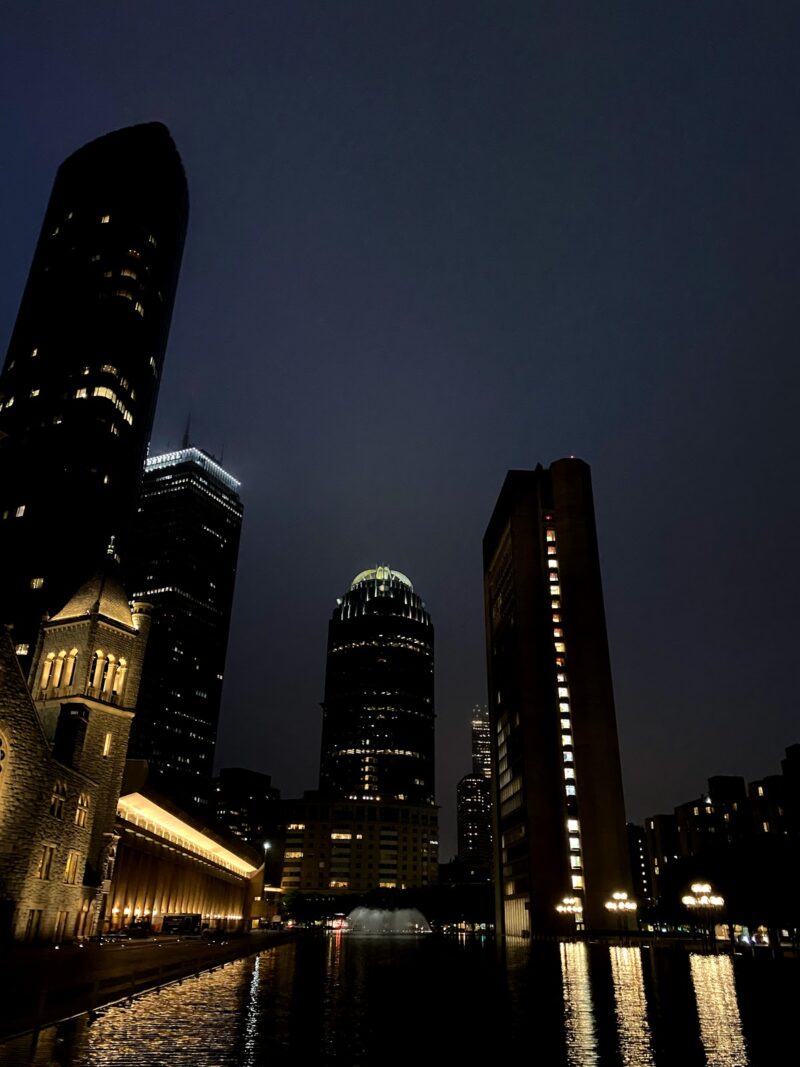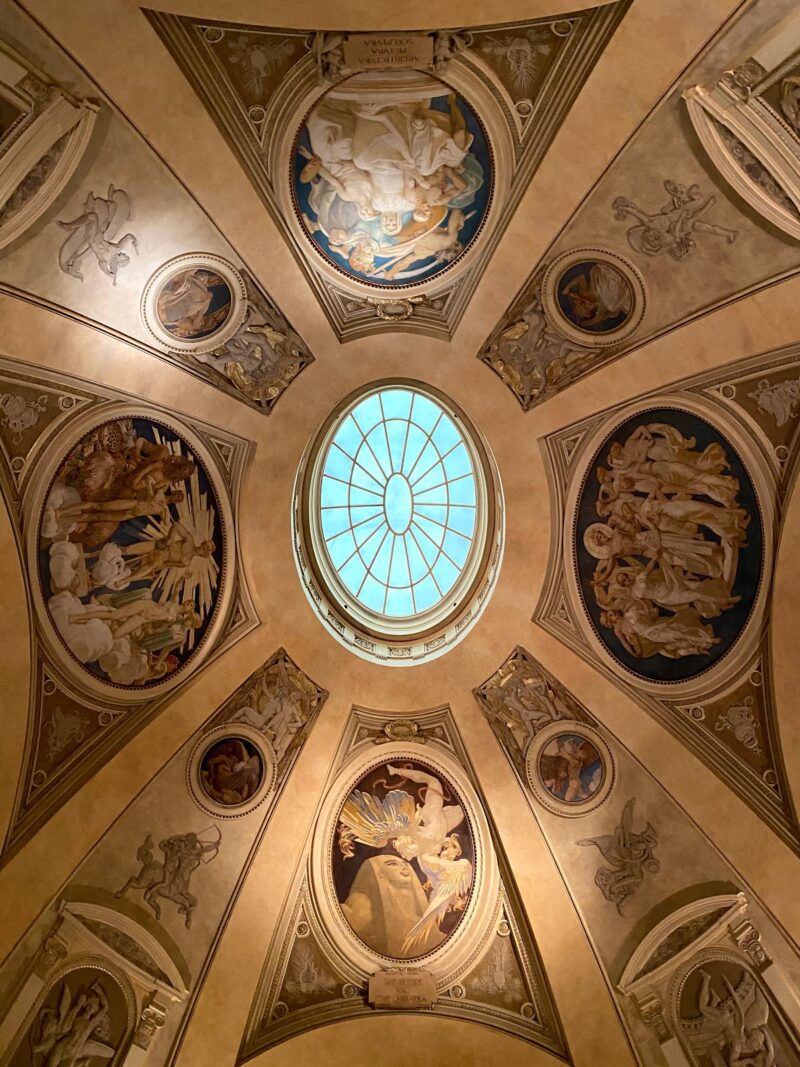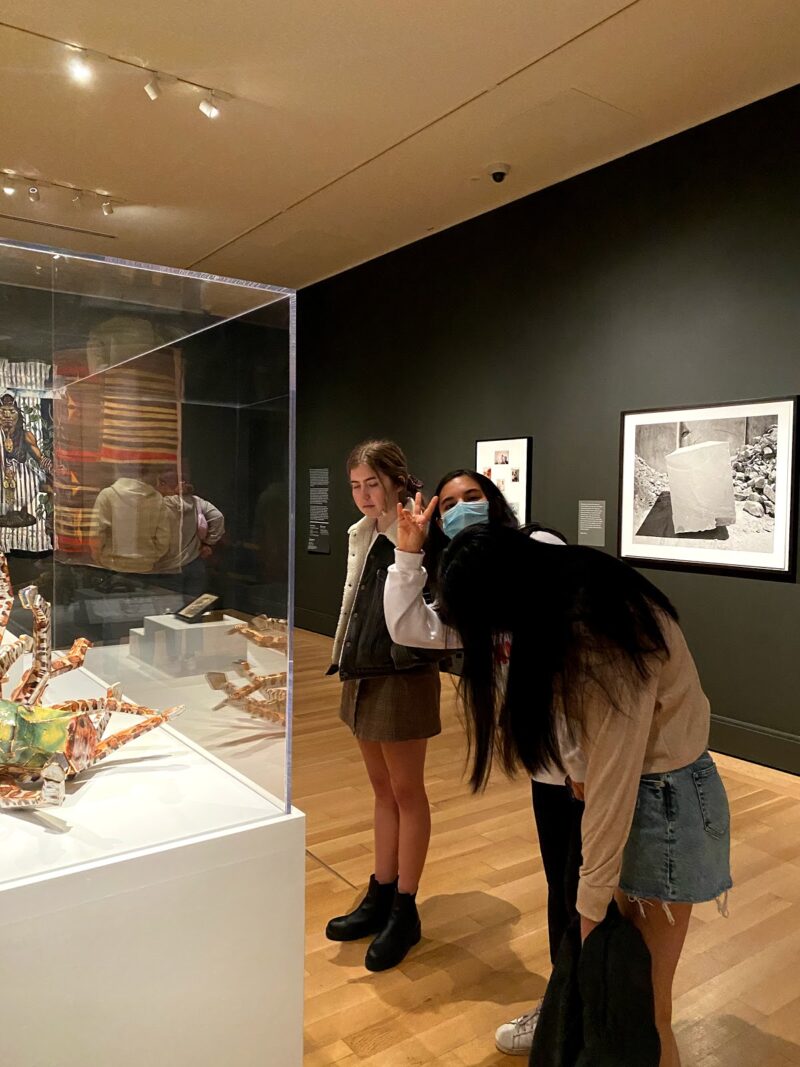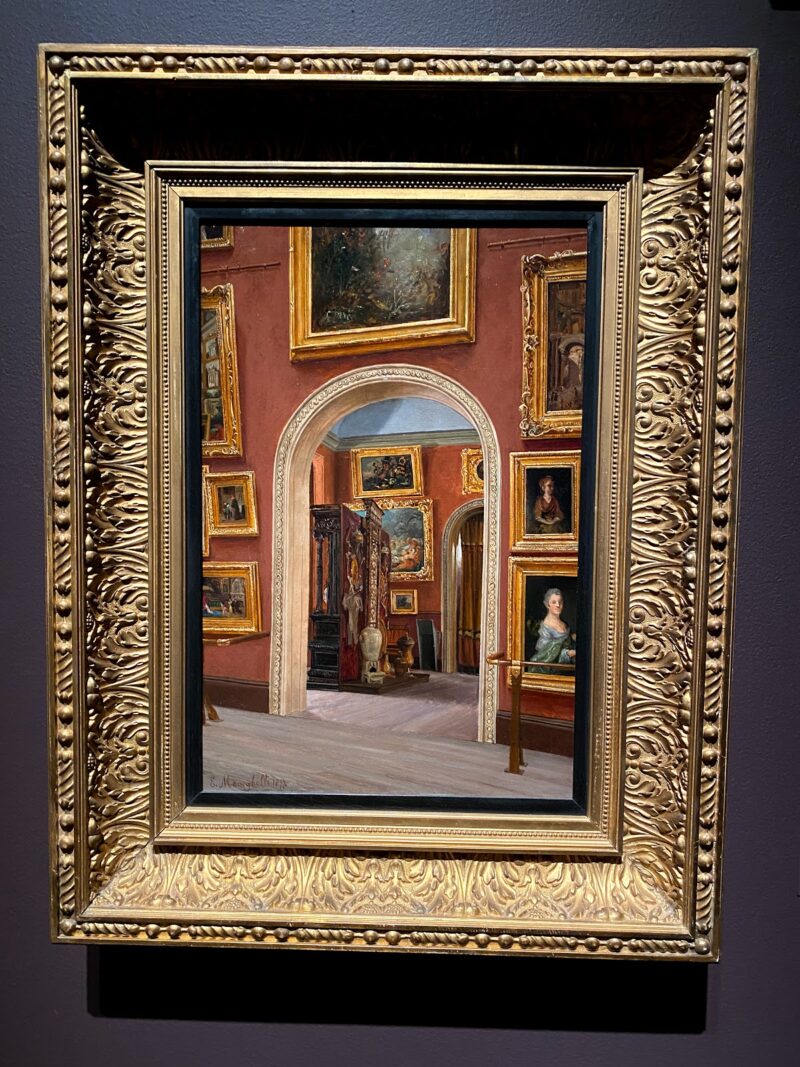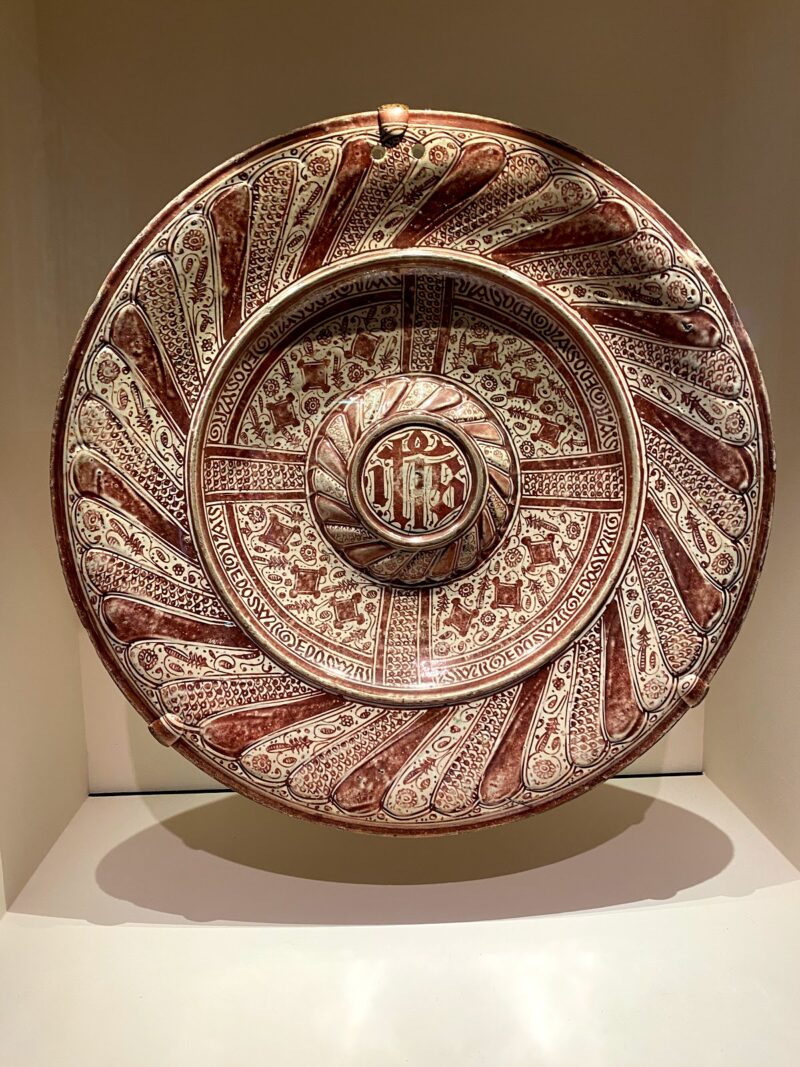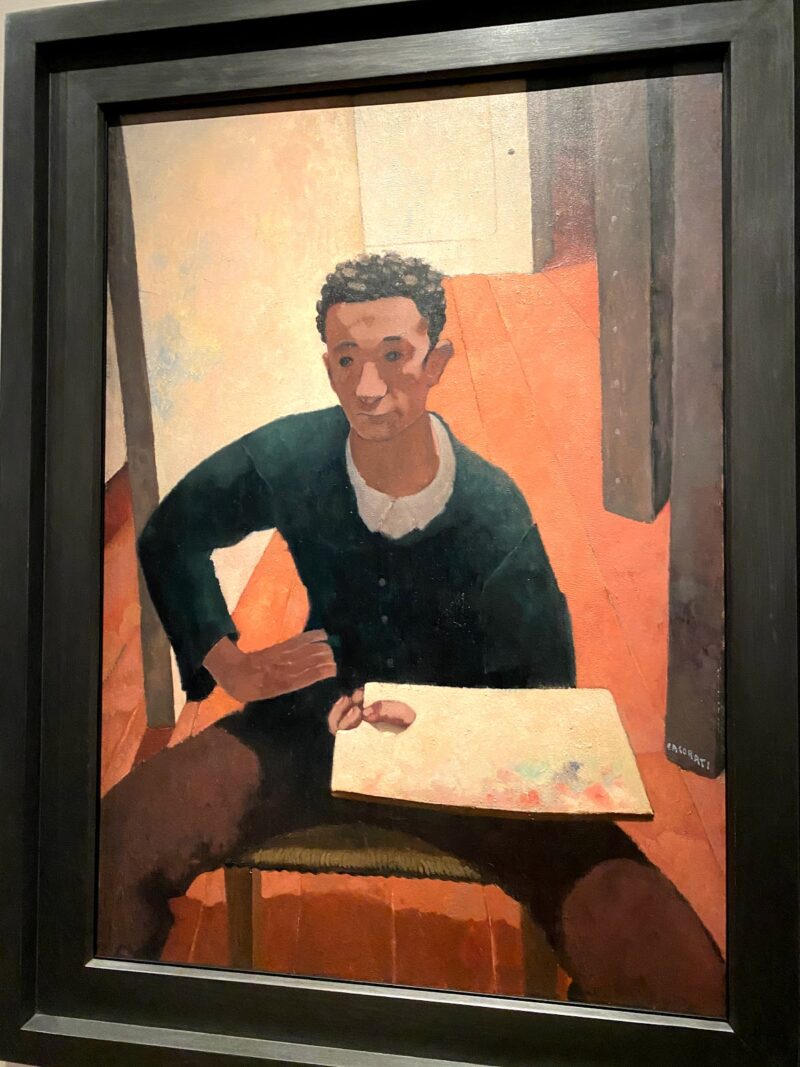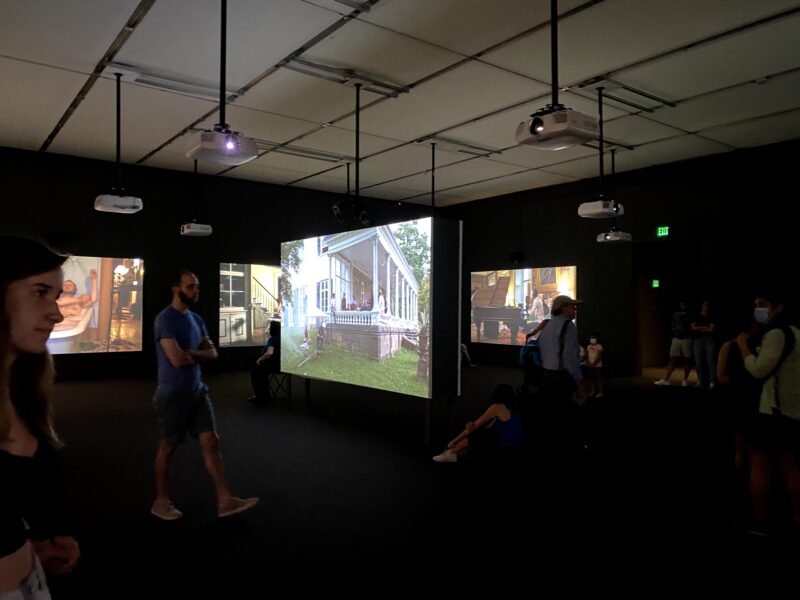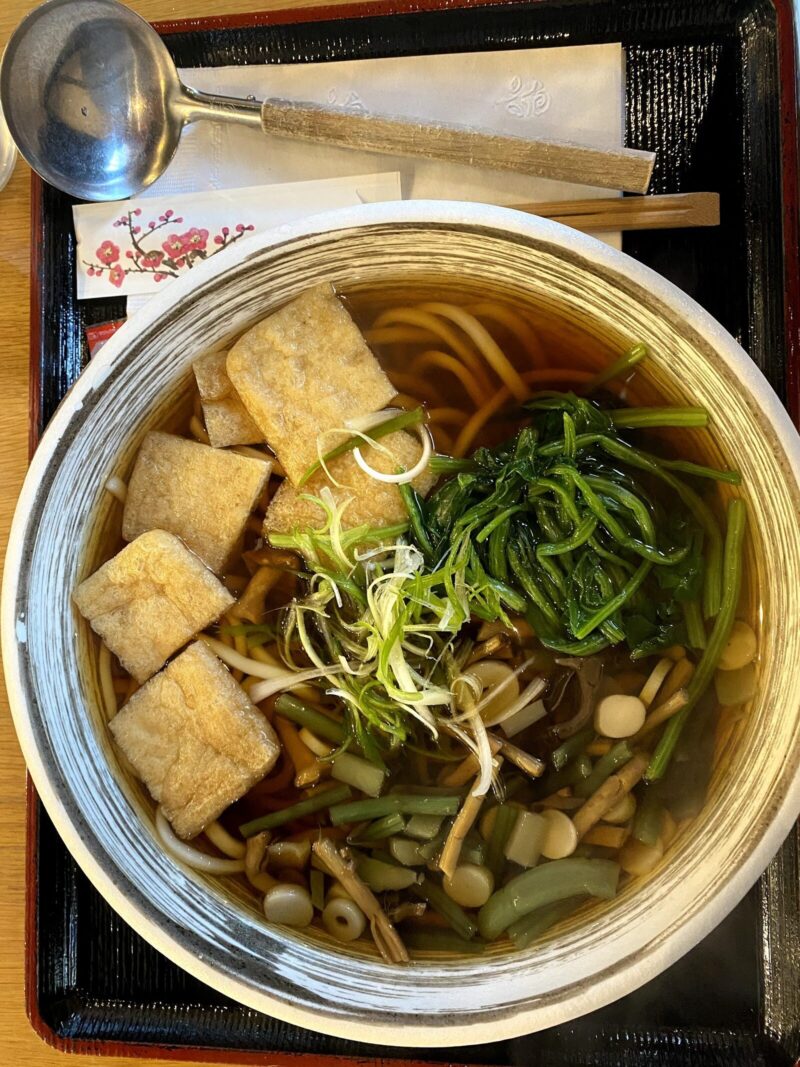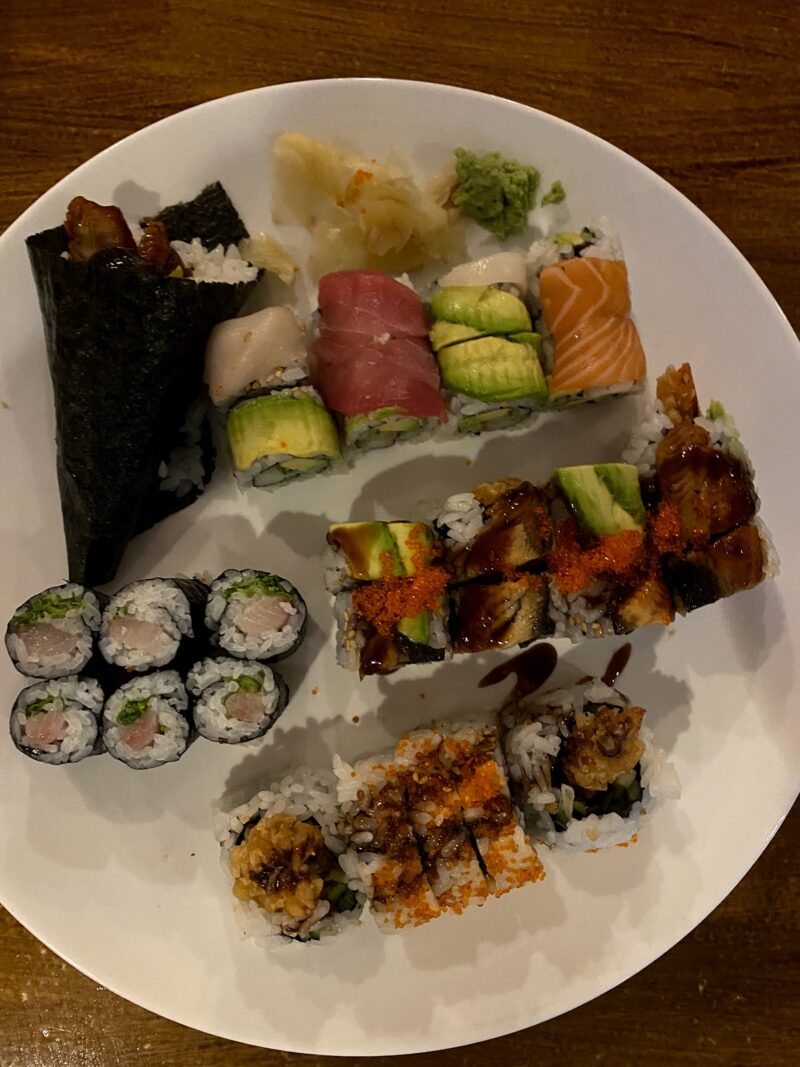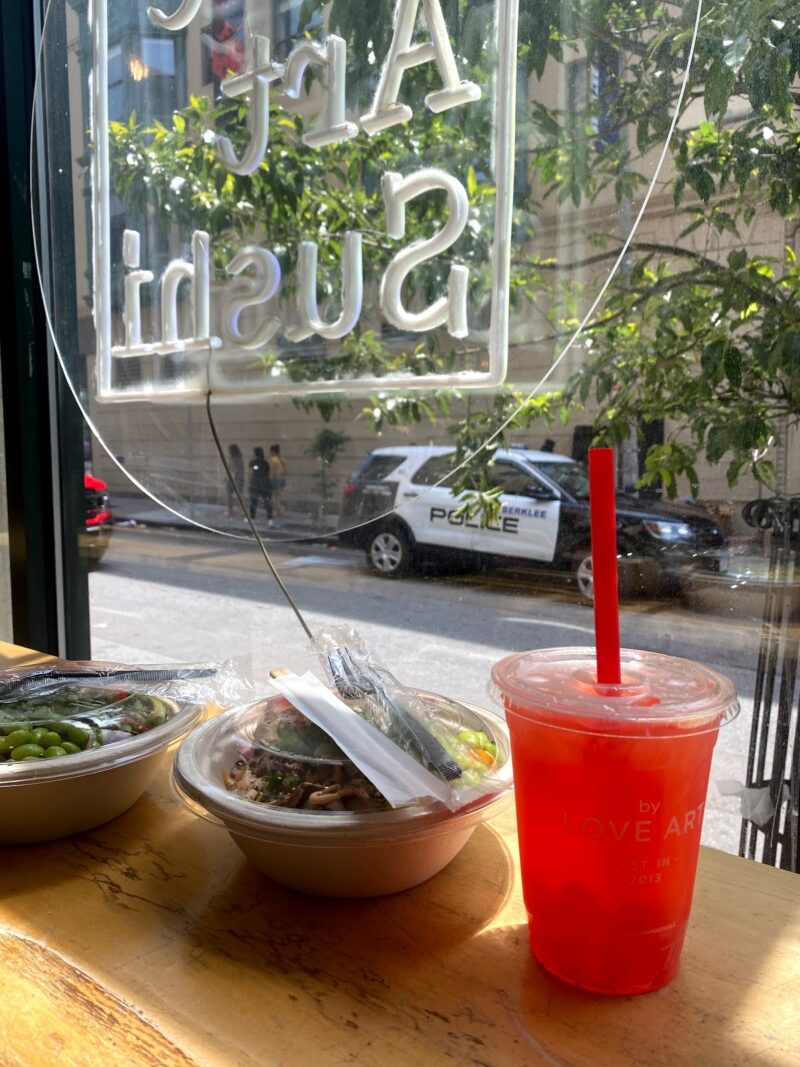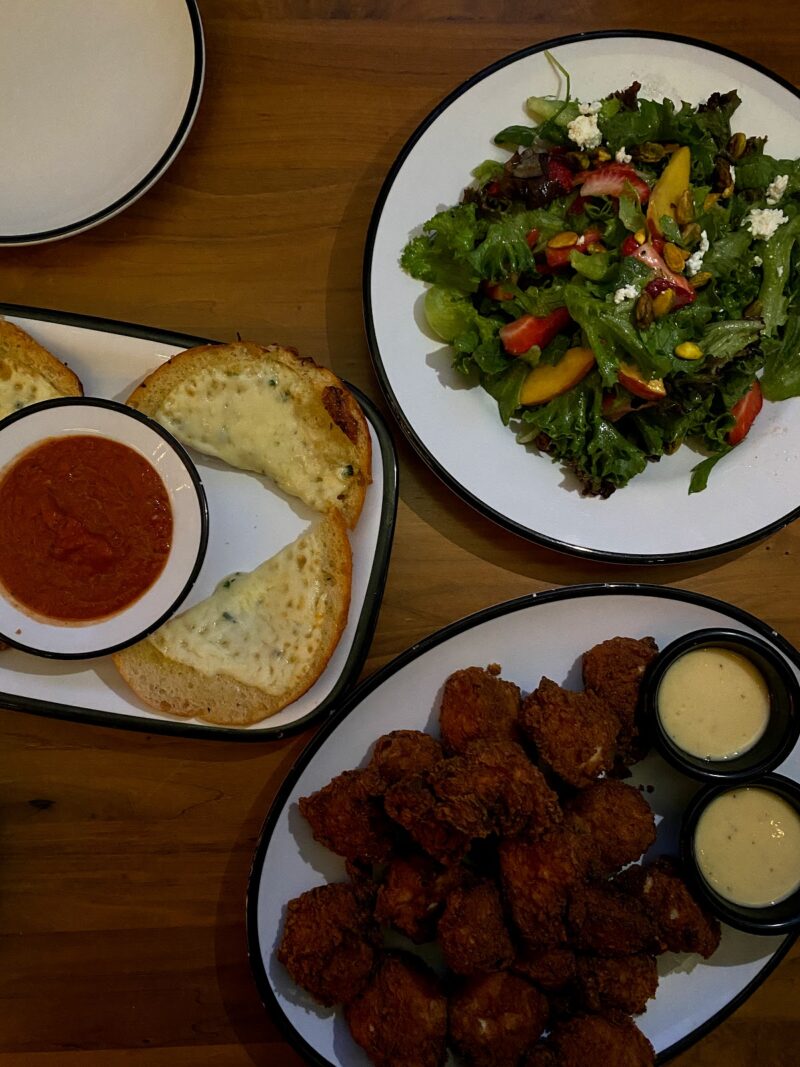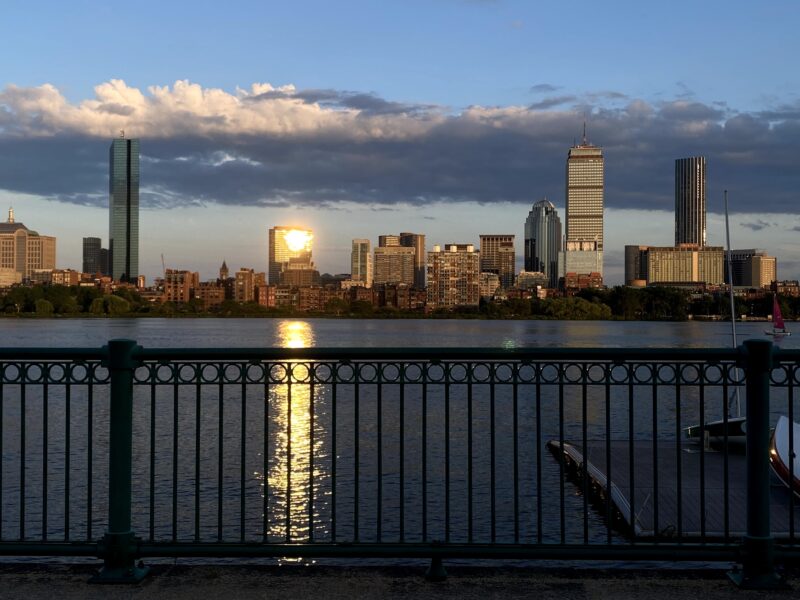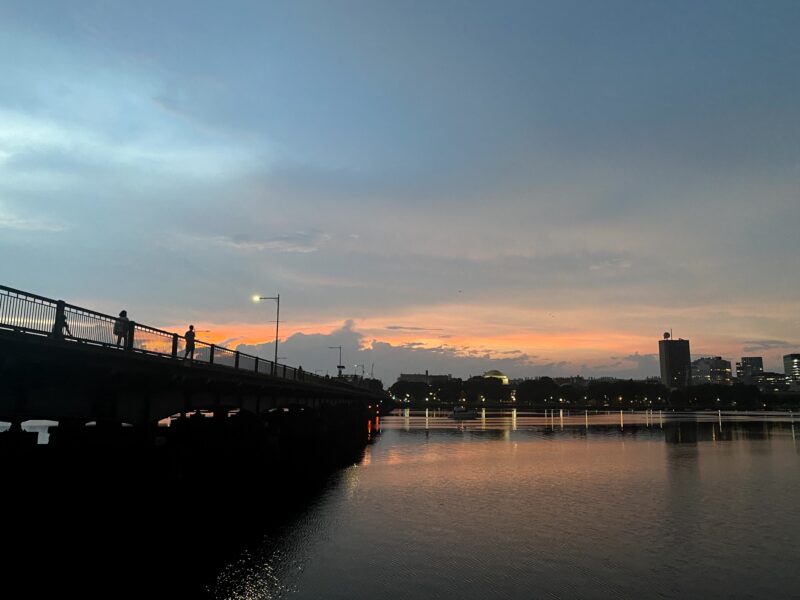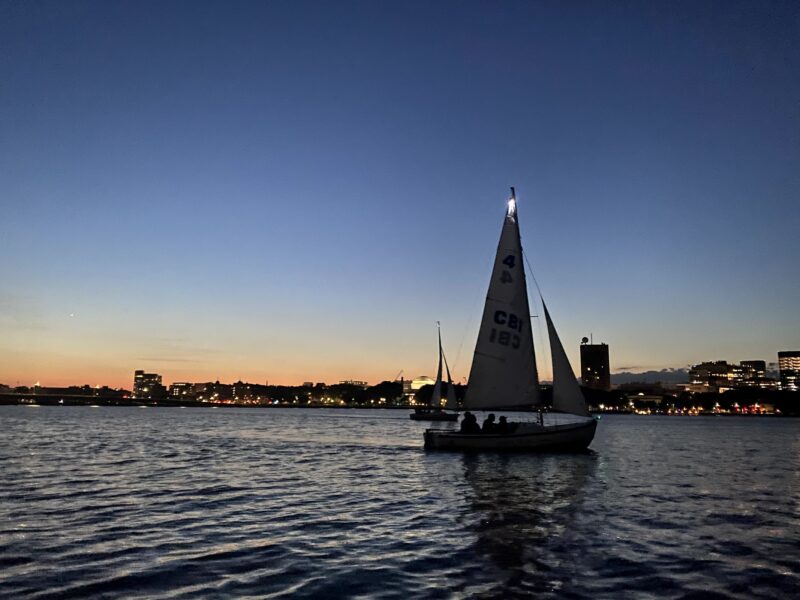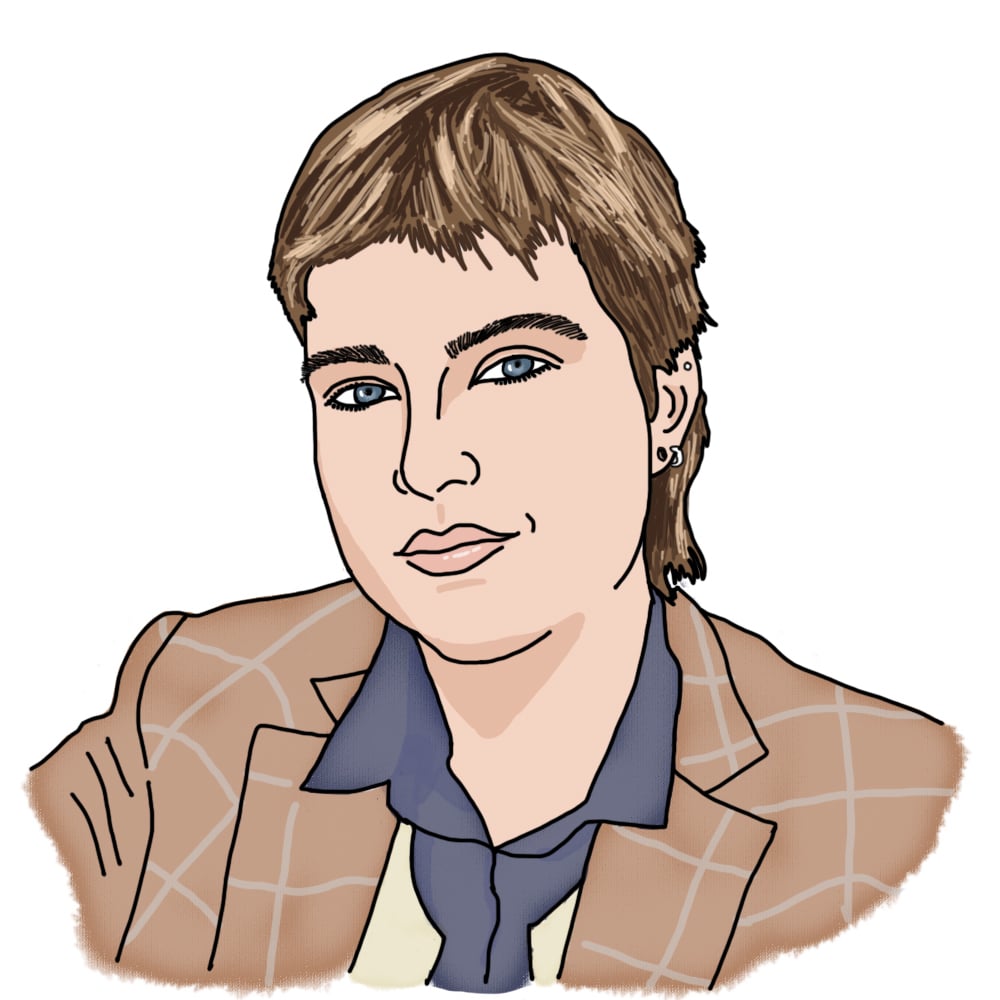
this summer by Gosha G. '24
a recap of sorts
It’s September, school has started, and I know that before long I’ll get sucked into the ridiculous whirlwind that is this school. I’ll get busy with classes, and clubs, and grabbing lunch at the stud with friends. So before that happens, and before the feeling of summer slips away entirely, I’m taking this time to recap what I did for the past several months and reflect on what it meant to me.
Living in Boston
I spent most of the summer living in a tiny apartment in Boston on the fourth floor with no elevator. The apartment had just one bedroom and two twin-size loft beds, which were a pain to climb onto, especially at night, with the ceiling fan spinning dangerously close to my face and my roommate, Alysse, already sleeping across from me. Some weeks, it got kind of hot, but we had one AC in the living room, under which I conveniently situated my desk (Alysse didn’t mind, since she worked in a lab on campus). I would wake up, make coffee, drag myself over to my desk, code for a couple of hours, then succumb to the afternoon slump by laying on the couch and reading, or going outside to get an iced matcha from Caffe Nero, or just hanging out with Alysse if she was back from her lab. I’d then go back and do some more work, before logging off for the evening and going out: to meet with friends or just to sit in a park and breathe some fresh air.
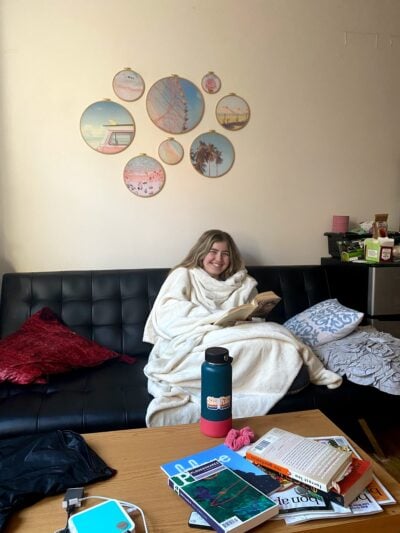
Alysse and I agree that this picture perfectly captures the spirit of our summer living
I hadn’t planned to be in Boston for the summer. Originally, I had hoped to go to Europe with MISTI, and when that fell through because of the ongoing pandemic, I thought I would just go home and spend my time in New York. However, as the spring semester went on, I realized that a) I felt like I wasn’t finding enough time to hang out with my new friends and b) a lot of the people I knew were planning on staying in Cambridge, either to UROP on campus or to live with friends and work remotely. So I decided to do something similar – to give myself the chance to explore this new area and new people without the constraints of a hectic semester. I found a remote internship, which I’ll talk about in a second, and agreed to share an apartment with Alysse, though not in Cambridge, but out across the river in Boston itself.
I liked the location of the apartment. As goes the stereotype for New Yorkers, I love walking, and from our spot near the Boston Symphony I could easily walk to a lot of interesting places: to the Christian science plaza, which looks beautiful at night; to Newbury street, with its shops and cafes; to the Museum of Fine Art (MFA), with its vast exhibits that I barely got to see half of. With my MIT-subsidized BlueBike01 a service where you can rent bikes for short periods of time subscription, I could quickly bike to campus, or to Central square, where a lot of my friends were staying, or to the Boston Commons and the area around it.
It was certainly new to be living in Boston proper, and not in Cambridge. On one hand, it was mildly isolating, especially since I was working remotely and had no real reason to come to Cambridge regularly, beyond it being a convenient meeting point (or the one or two times I actually went to the Z02 the MIT Z center, a.k.a. the gym ). On the other hand, I liked that I got the chance to explore a new section of the city. MIT exists in a sort of bubble, and it’s so easy to get caught up with that. I know people who have been on campus for years and have only gone out to Boston or taken the T a handful of times. I try to do better than that, because I love cities and tall buildings and public transport; but even for me, going out to Boston from campus is an entire occasion, even if it is just a five minute bike ride away. This is all to say that I liked living in Boston for the summer because it gave me a nice separation from school and campus, as well as the opportunity to go new places and see new things. I found some new coffee shops that I love, I tried new restaurants with friends, I got lost at the MFA for hours, I spent many evening sitting and watching the lights of the big city in the reflecting pool at the plaza.
The rhythm of working an internship, even remotely, further compounded to the feeling of being far from school and campus. It felt very adult: the repetition, the free evenings, the fact that I wouldn’t run into people unless I explicitly made plans. I kind of liked it. It felt very liberating to be able to log off at a specific hour, to have evenings and weekends mostly free. I did so much reading. I relaxed so much, despite working a job, of sorts.
NASA internship
So what did I actually do at this internship of mine? I could answer this question with varying levels of generality. I could say that I worked at NASA, or at the Goddard Space Flight Center (GSFC), or in the Earth Sciences division, or in the Global Modeling and Assimilation Office (GMAO). I could say that I worked on their climate model, or that I looked at the GEOS model’s forecasts for El Nino events, or I could be super specific and say that I wrote scripts to implement an amplitude calibration method for the GEOS Nino3.4 plume forecasts.
I want to emphasize these many levels of generality because this was actually one of my main takeaways from the internship. Beyond gaining general experience in programming and data processing and working with this sort of data, I got a real glimpse into the life of a research scientist, and the work dynamics that go into running a large-scale climate model and weather prediction system. As cool as it sounds to be able to say that I “worked on NASA’s climate model,” the reality of almost any job is that you’re tackling just one small piece of a larger challenge – and that’s okay. That’s how big things get built. I’ve always been fascinated by climate modeling but never had a good sense of how they really work. Working at GMAO, listening in to team meetings, going to talks – all this made me see the model development and maintenance process from the inside out. I gained a newfound appreciation for just how much works goes into these behemoths of software engineering and how many different people it takes to create a complete and acceptably accurate model.
My project specifically had less to do with the model itself so much as the seasonal weather forecasting system that comes out of it. I spent the summer looking at trends in how the GEOS system predicts the El Niño Southern Oscillation (ENSO). ENSO is a years-long cycle in the average sea surface temperature in the equatorial Pacific that affects seasonal weather variability across North America. Being able to predict the sea surface temperature (SST) anomaly (how much warmer or colder it is than average) is key to predicting weather cycles at long time scales (up to 9 months). In particular, the Niño3.4 index is a single number that captures this variability by measuring the average SST anomaly across a specified area. A climate model, however, has many, many moving pieces, and consequently its predictions of any single aspect of the weather system will be inaccurate. Often times, however, that inaccuracy will be systematic, meaning that it can be isolated and calibration methods can be developed to improve accuracy. This is what I did – I wrote some programs that can take the Nino3.4 forecasts from the GEOS model and calibrate them based on the model’s historical performance.
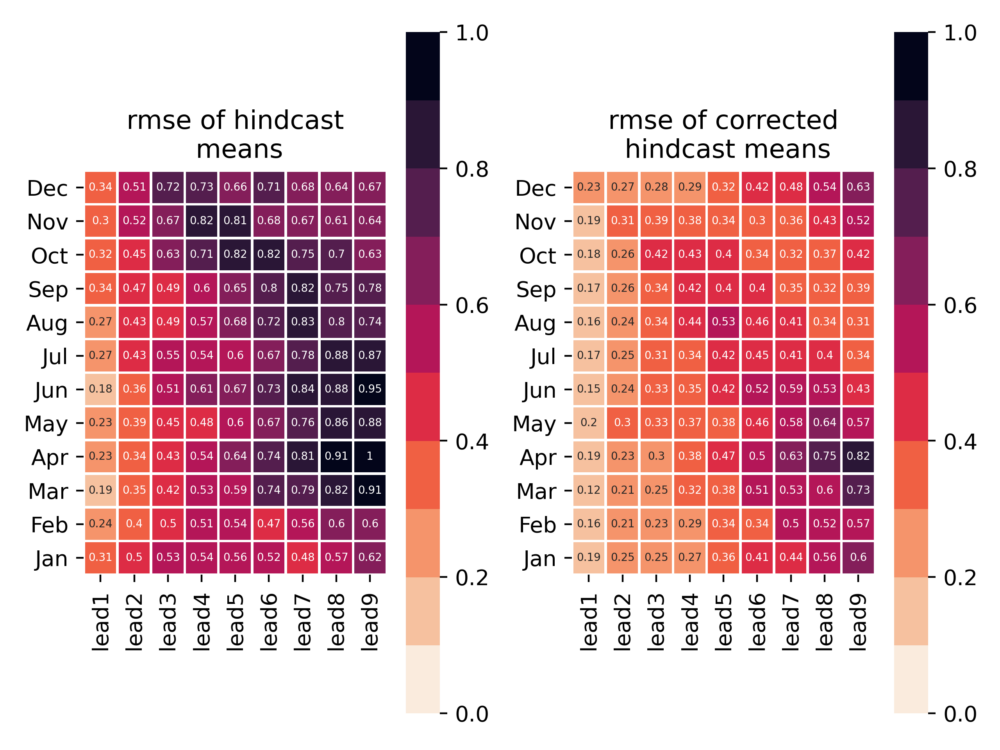
a pretty plot that I enjoyed making – without going into too much detail, it’s showing that the error of the retrospective forecasts decreased after the calibration method was applied
Continuing my UROP
On top of my internship with NASA, I also continued working with my UROP mentor from last spring. I spent the summer working on a mix of projects. The overarching theme of the group I’m working with is the development of machine learning models for weather prediction on subseasonal (3-6 week) timescales. After wrapping up my analysis from the spring semester, where I examined the effect seasonal conditions have on a specific model’s performance, I switched to a new project, looking at the models that are part of the NOAA Subseasonal Experiment (SubX for short). The group as a whole is just starting to switch their focus to analyzing and combining these SubX models, so I spent a lot of summer doing literature review and digging deep into the data. Though it wasn’t planned, since a lot of the models I was reading about were also integrated climate models (in fact, the GEOS model is a contributor to SubX), this project fit seamlessly into what I was doing for NASA. I essentially spent the summer exploring a new field of research, learning about the players involved and the type of work that is being done. I’m going to be continuing this UROP this fall, hopefully diving in more deeply into an analysis of the SubX models and the trends in their performance.
In conclusion
Neither of these projects were exceptionally challenging. The actual coding techniques and Python libraries used in this project were not new to me, though the material itself wasn’t exactly something I had worked with before. Ultimately, this was probably beneficial, since I was able to complete meaningful work with minimal stress. Sure, I could have done more, in some ways, challenged myself more, gone above and beyond. But that wasn’t the goal. Instead, my theme for the summer was just this: a kind of slow progress, in contrast to the break-neck pace my life tends to take on during a school semester.
Looking back on this summer, I think it was the first time in my life that I was really able to visualize some sort of life post-graduation. I could see myself working a job, clocking in and clocking out, and going out in to the city in the evenings, meeting up with friends on weekends. Time stretched out in a very pleasant way. I spent a healthy amount of it being bored. I passed a lot of evenings just by sitting near the river and watching the lights of the city. As I go into the semester, I want to remember this sense of calmness, and try my best to find time for it amid all of the classes and clubs and psets. I’ve always struggled with taking on too much, but, as always, I’m trying to get better. We’ll see how I do.
- a service where you can rent bikes for short periods of time back to text ↑
- the MIT Z center, a.k.a. the gym back to text ↑
